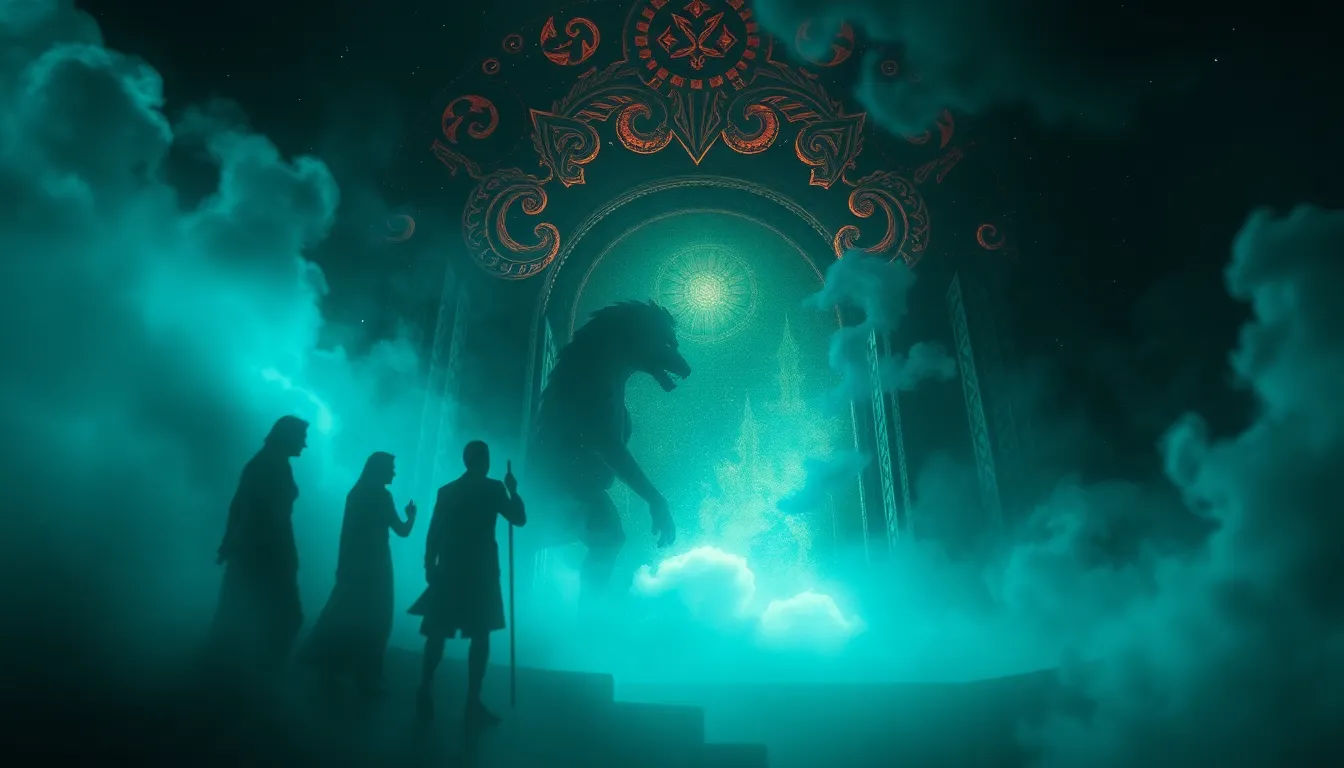Water, Chaos, and Creation: The Dual Nature of Flood Myths
1. Introduction: The Significance of Flood Myths in Human Culture
Flood myths are prevalent across various cultures and civilizations, serving as powerful narratives that delve into humanity’s relationship with nature. These myths often recount stories of divine retribution, cleansing, and renewal, reflecting the dual nature of water as both a destructive force and a source of life. From the biblical tale of Noah’s Ark to the ancient Mesopotamian Epic of Gilgamesh, flood myths resonate deeply within the human experience, highlighting the precarious balance between chaos and creation.
2. The Archetype of Chaos: Water as a Symbol of Destruction
Water, in its chaotic and overwhelming form, is often viewed as a harbinger of destruction in flood myths. The biblical flood, for instance, symbolizes divine judgment, where the wrath of God leads to the annihilation of humanity, sparing only Noah and his family. Similarly, in the Mesopotamian myth, the god Enlil’s anger results in a catastrophic flood that wipes out humankind.
- Mesopotamian Myth: In the Epic of Gilgamesh, the flood is sent by the gods to eradicate humanity due to their noise and chaos.
- Greek Myth: In Greek mythology, Zeus unleashes a flood to punish humans for their hubris, flooding the earth and only saving Deucalion and Pyrrha.
- Indigenous Myths: Many Indigenous cultures recount stories of great floods that serve as warnings against disrespecting nature.
These narratives illustrate how water embodies chaos, representing both the uncontrollable forces of nature and the fragility of human existence.
3. Creation Through Cataclysm: Water as a Catalyst for New Beginnings
While water can bring destruction, it is also a powerful symbol of renewal and rebirth. Many flood myths depict how catastrophic floods lead to the regeneration of life and the creation of new worlds. The purging aspect of floods often clears away the old, making way for new beginnings.
In various mythologies, these themes are prominent:
- Noah’s Ark: After the flood, Noah’s family becomes the progenitor of a new humanity, symbolizing hope and renewal.
- Hindu Texts: In the Matsya Purana, the god Vishnu saves humanity from a great flood, leading to the creation of a new world.
- Native American Myths: Many tribes recount stories where floods cleanse the earth, allowing for a fresh start.
These narratives emphasize the transformative power of water, showcasing how new life can emerge from the remnants of chaos.
4. Cultural Variations: Comparative Analysis of Flood Myths
Flood myths exhibit both similarities and differences across cultures, often reflecting the unique environmental and social contexts of a society. Notable flood narratives include:
- Noah’s Ark: A central story in Judeo-Christian tradition that emphasizes obedience and divine mercy.
- The Epic of Gilgamesh: An older Mesopotamian tale that highlights themes of mortality and heroism.
- The Hindu Flood Myth: Featuring Vishnu, this narrative underscores the cyclical nature of creation and destruction.
Despite the differences, these stories share common themes of divine intervention, moral lessons, and the intricate relationship between humans and the divine.
5. Psychological Interpretations: The Human Relationship with Water
Psychologically, flood myths resonate deeply with human emotions and experiences. Water symbolizes a range of human feelings, from fear and chaos to cleansing and rebirth. The archetype of the flood can be interpreted as a reflection of human anxiety about natural disasters and the unpredictability of life.
- Fear of Chaos: Floods represent the uncontrollable aspects of nature that can disrupt life.
- Desire for Renewal: The aftermath of a flood often symbolizes hope and the potential for new growth.
- Emotional Cleansing: Just as floods can wash away the old, they can signify emotional or spiritual renewal.
These psychological interpretations offer insight into why flood myths continue to resonate with contemporary audiences.
6. Ecological Perspectives: Flood Myths and Environmental Awareness
Flood myths also reflect humanity’s understanding of nature’s power and its role in shaping cultural attitudes toward water and climate change. These stories remind us of the delicate balance between human civilization and the natural world.
- Historical Context: Many societies experienced floods that shaped their mythologies, leading to respect and caution toward water.
- Environmental Lessons: Flood myths can serve as cautionary tales about the consequences of environmental neglect and climate change.
- Modern Relevance: In an era of climate crises, these myths highlight the ongoing struggle between humanity and nature.
By examining these stories, we can gain insights into our cultural responses to ecological challenges.
7. Artistic Representations: Flood Myths in Literature and the Arts
Flood myths have inspired countless artistic representations across literature, visual arts, and music. These narratives convey deep emotional truths and human experiences, making them rich sources for creative expression.
- Literature: Works like “The Flood” in the Bible and “The Epic of Gilgamesh” explore themes of loss and recovery.
- Visual Arts: Artists throughout history have depicted flood narratives, capturing the chaos and beauty of water.
- Music: Composers have drawn on flood myths to evoke the emotional depths of human experience.
These artistic expressions serve to keep the themes of chaos and creation alive in the cultural consciousness.
8. Modern Reinterpretations: Flood Myths in Contemporary Society
In contemporary society, flood myths have been reinterpreted to address current issues such as climate change and natural disasters. These narratives are not just relics of the past but have profound implications for modern discussions about environmental stewardship and resilience.
- Climate Change Discourse: Flood myths are invoked in discussions about climate-related disasters and the human response to them.
- Disaster Preparedness: These myths highlight the importance of preparation and respect for nature’s power.
- Community Resilience: Stories of survival and rebirth encourage communities to come together in the face of adversity.
The relevance of flood myths in modern contexts emphasizes their timeless nature and enduring lessons.
9. Philosophical Implications: The Dual Nature of Water in Human Existence
The dual nature of water as both a life-giving and destructive force raises profound philosophical questions. Flood myths compel us to reflect on the nature of existence, the balance between creation and destruction, and the cyclical nature of life.
- Life and Death: Flood myths often explore the themes of mortality and the transition between life and death.
- Chaos and Order: These narratives illustrate the struggle to find order amidst chaos.
- Transformation: Water symbolizes the potential for transformation and renewal in human lives.
These philosophical implications challenge us to consider our place in the natural world and the interconnectedness of all life.
10. Conclusion: The Enduring Legacy of Flood Myths
In summary, flood myths encapsulate the dual nature of water as both a destructive and life-giving force. These narratives provide critical insights into humanity’s relationship with nature, the psychological dimensions of fear and renewal, and the cultural lessons learned from environmental challenges. As we navigate modern issues related to climate change and natural disasters, the enduring legacy of flood myths serves as a reminder of the profound truths that can emerge from chaos, urging us to respect and understand the power of water in our lives.




